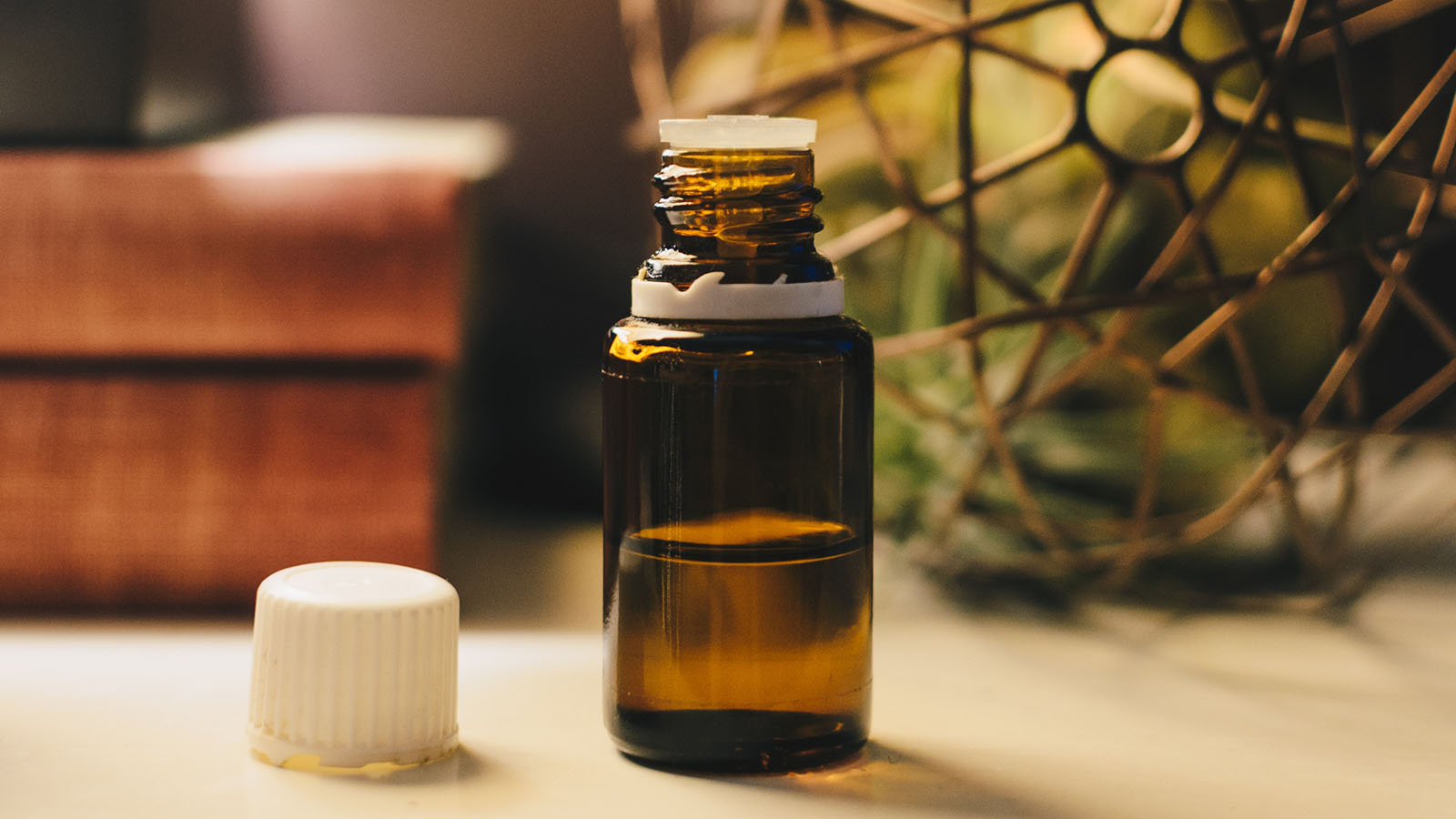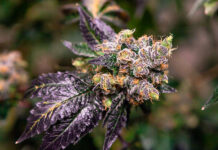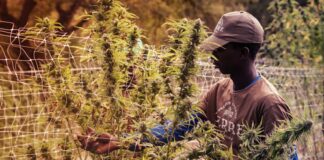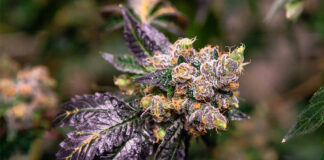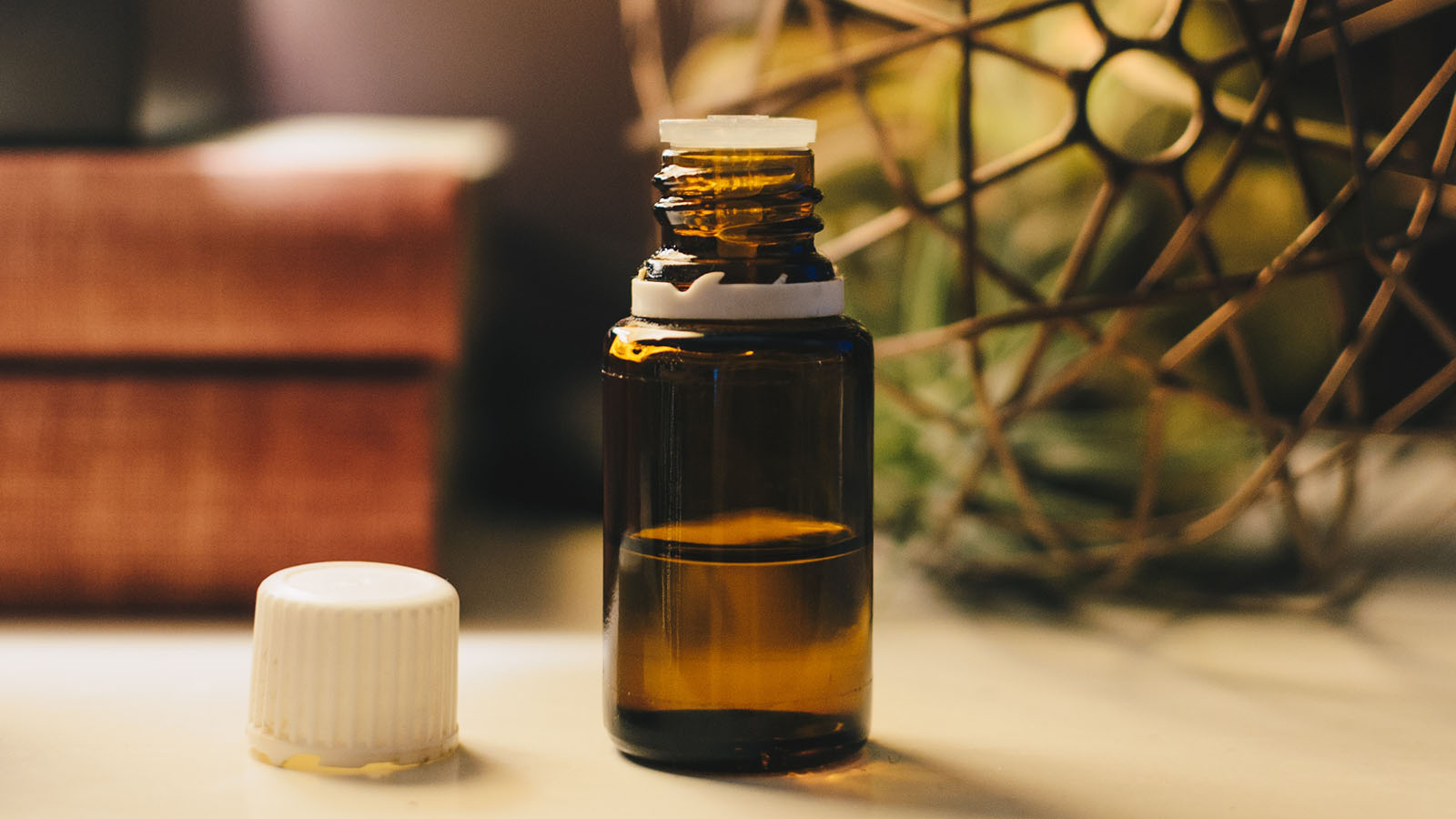
Cannabidiol (CBD) is one of, if not the most, buzzed about items in cannabis today. The cannabinoid represents the first step away from strictly THC-dominant cannabis products, and likely won’t be the last. While the CBD industry expects to reach a $16 billion market value by 2025, concerns still abound.
Yet fears that CBD is modern-day snake oil are sometimes justified, according to a 2017 Research Letter in the Journal of the American Medical Association (JAMA) that found 70 percent of CBD extracts sold online were mislabeled. The JAMA article found that 26 percent of the 84 items from 31 companies studied contained less CBD than labeled, “which could negate any potential clinical response.”
Further, laboratory testing comes with its own challenges, another source of potential confusion for consumers, producers, and labs alike.
So, can you trust your CBD products? In short: yes, if you take the proper precautions.
Until the 2018 Farm Bill was signed in December 2018, the U.S. CBD market was all but unregulated. The bill included the legalization of industrial hemp, called for further research, and put in place definitions that will provide consumers and the sector with further assurances about the legal distinctions.
No longer under the jurisdiction of the Department of Justice, hemp cultivators now can legally grow and sell their hemp products as long as they contain 0.3 percent or less THC. However, only CBD produced under the regulations in the Farm Bill is considered legal. If hemp is grown out of compliance, or by an unlicensed grower, it will continue to be considered a Schedule I substance under federal law.
Across the U.S., the influx of cannabis products continues to increase the demand for additional testing. As such, a rise in third-party, independent testing facilities has provided companies and consumers with information about their items.
However, testing standards can vary by state. According to Rick Weissman, president of New York-based High Falls Extracts, a cannabis extractor and cultivator, the differences across the U.S. can be significant.
“Some states have different protocols for the acceptable allowance of THC in high-CBD hemp, to as high as 1 percent, while other states have no limit on the amount of THCA; the acidic form of THC,” Weissman said. “Eighty-seven percent of the weight value of THCA can be converted to THC by heating the THC-A. In those states which have a higher allowance of THCA or THC, the state is giving their farmers greater latitude as to what their limitations are on THC, which is found in high-CBD hemp.”
Weissman added, “It is anticipated that when the USDA establishes rules under the mandate of the Farm Bill of 2018, for implementation in 2020, then it is likely that they will eliminate the intra-state differences.”
One of the larger CBD producers is Isodiol, a company based in Vancouver, British Columbia, with offices in the U.S., Canada, Mexico, and the United Kingdom that provides bulk CBD to other companies.
Chris Hussey, the company’s director of communications, said the lack of clarity about regulations tends to fall on the state and municipal levels rather than the federal, where it’s easier to track regulation changes.
“There needs to be ultimate and absolute clarity,” Hussey said. Some of the difficulty is to be expected.
“This industry isn’t an industry yet,” Hussey said, adding that more unified regulation would reduce the current worries around CBD product safety. “Unfortunately, when people and the consumption of products are involved, there is a need for regulation because there are always bad apples and there are always people who will do whatever to make a buck. It’s not good or bad. It’s the nature of the beast.”
A growing number of publications and brand websites have taken steps to remedy the issues around safety and buying CBD. Numerous articles and guides, including one from Consumer Reports, delve into CBD product safety and what to watch for. In its report, Consumer Reports detailed key aspects of lab tests for consumers to consider.
“For even more assurance about a product’s quality, Boyar recommends checking the certificate of authenticity to see if it says that the lab meets internationally accepted testing and calibration standards from the International Organization for Standardization, known as ISO 17025 standards. Also look to see whether a company uses testing methods validated by one of three respected national standard-setting organizations: the Association of Official Agricultural Chemists (AOAC), the American Herbal Pharmacopoeia (AHP), or the U.S. Pharmacopeia (USP).”
“You can send something to a lab multiple times and get different results. So, I’m hesitant to say that the onus is always on the product.” — Beryl Solomon, founder of CBD brand Poplar
A new addition to this sector of CBD is Poplar. The company launched in November 2018 and was inspired by founder Beryl Solomon’s own CBD consumer experience a year earlier. The mother of two and fashion industry professional found herself lost over which CBD products were trustworthy for purchase.
“I found it very frustrating there wasn’t a place with education and a place to purchase CBD,” Solomon said as her inspiration for beginning the site.
Poplar aims to serve as a hub for information and double-verifies the CBD products it sells, including those that are already tested. Poplar performs additional testing to ensure each product received a uniform check of its THC levels and that it is free of any contaminants.
While larger companies like Isodiol can afford thorough product testing, smaller and less-established companies can struggle because of the costs of lab analysis and the limited availability of approved facilities. In addition, lab results can vary.
“You can send something to a lab multiple times and get different results,” Solomon said. “So, I’m hesitant to say that the onus is always on the product.”
Both Solomon and Hussey said they believe that transparency and dialogue will remedy the industry’s current pain points. Each company exercises its available avenues to speak with consumers, lawmakers, and other industry professionals to provide clarity on a sector that can often confuse newcomers.
Featured Image: Weedmaps News File Photo


